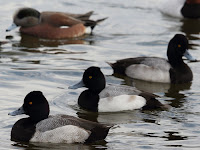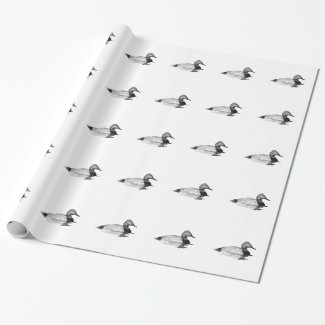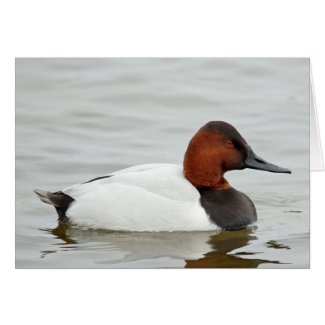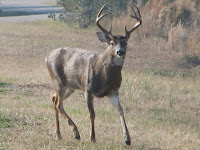This year's National Hunting and Fishing (NHF) Day will be celebrated on September 24, 2022. On NHF Day, sports enthusiasts commemorate the tradition of hunting, target shooting, and fishing with national, state, regional and local organizations hosting related events.
Recognized on the fourth Saturday of every September, National Hunting and Fishing Day serves as a reminder to the American public that wildlife and wild places exist today thanks to the ongoing leadership and funding from hunters, anglers, and shooters.
Hunting and fishing play a large role in funding conservation efforts that also fuel economic prosperity, with more than 50 million Americans hunting and fishing every year, creating over $200 billion in economic activity and supporting over 1.5 million jobs.
National Hunting and Fishing Day was formalized by Congress in 1971 to convey the message that conservation in America succeeds because of hunters and anglers.
In 1972, Richard Nixon signed the first ever Presidential proclamation of National Hunting and Fishing Day, writing, "I urge all citizens to join with outdoor sportsmen in the wise use of our natural resources and in insuring their proper management for the benefit of future generations.".
Johnny Morris’ Wonders of Wildlife National Museum and Aquarium serves as the officially recognized home of National Hunting and Fishing Day.
Located in Springfield, Missouri, within a day’s drive of more than half of all Americans, the not-for-profit institution celebrates those who hunt, fish, and act as stewards of the land and water.
American outdoorsmen and women support conservation projects through a conservation system funded by outdoor sports-related fees and excise taxes.
National Hunting and Fishing Day is made possible through the sponsorship and generous support of the conservation organizations Congressional Sportsmen’s Foundation, Ducks Unlimited, Izaak Walton League, National Shooting Sports Foundation, and Wonders of Wildlife.
For additional information about this year’s festivities or to get involved, visit www.NHFDay.org.







